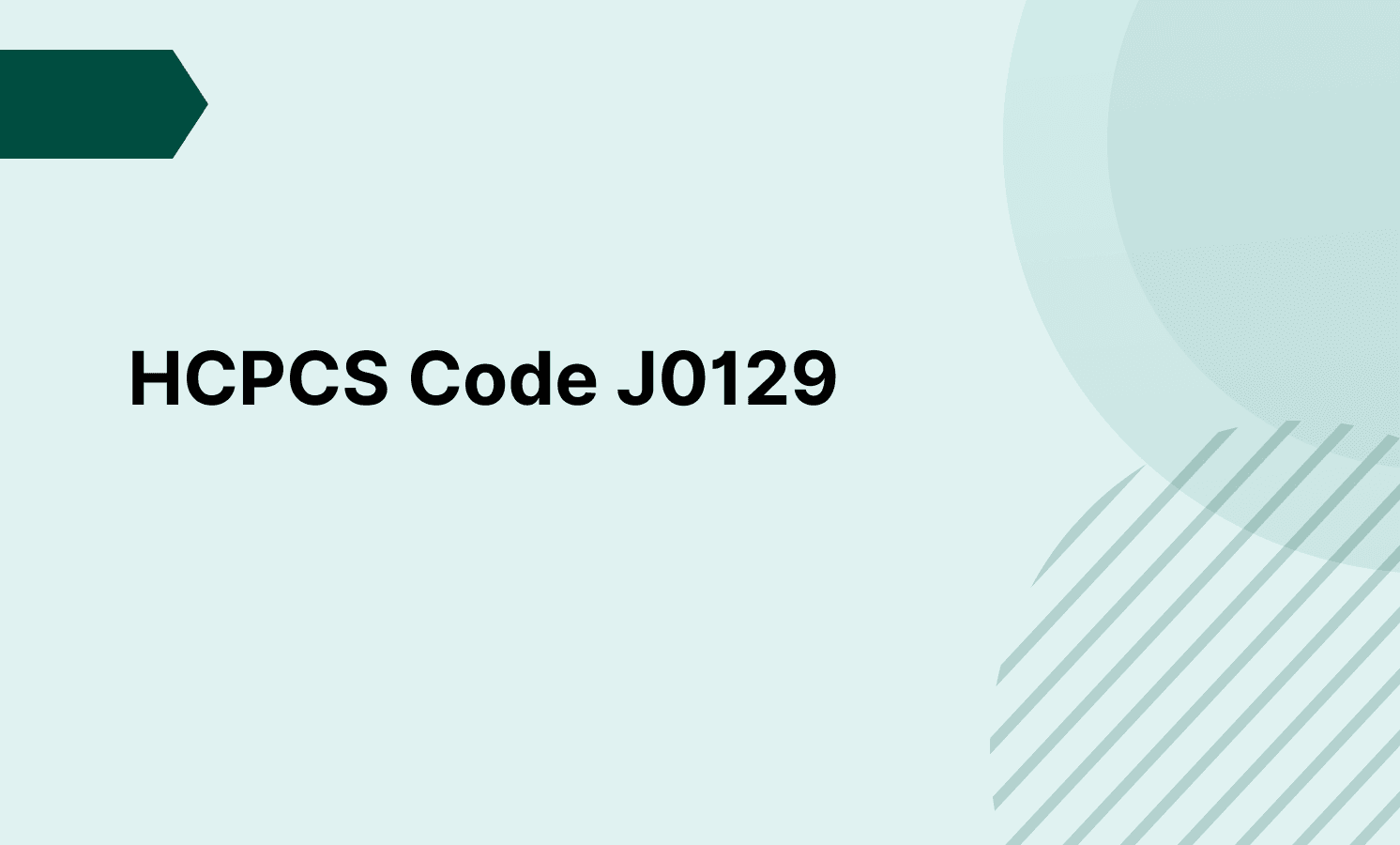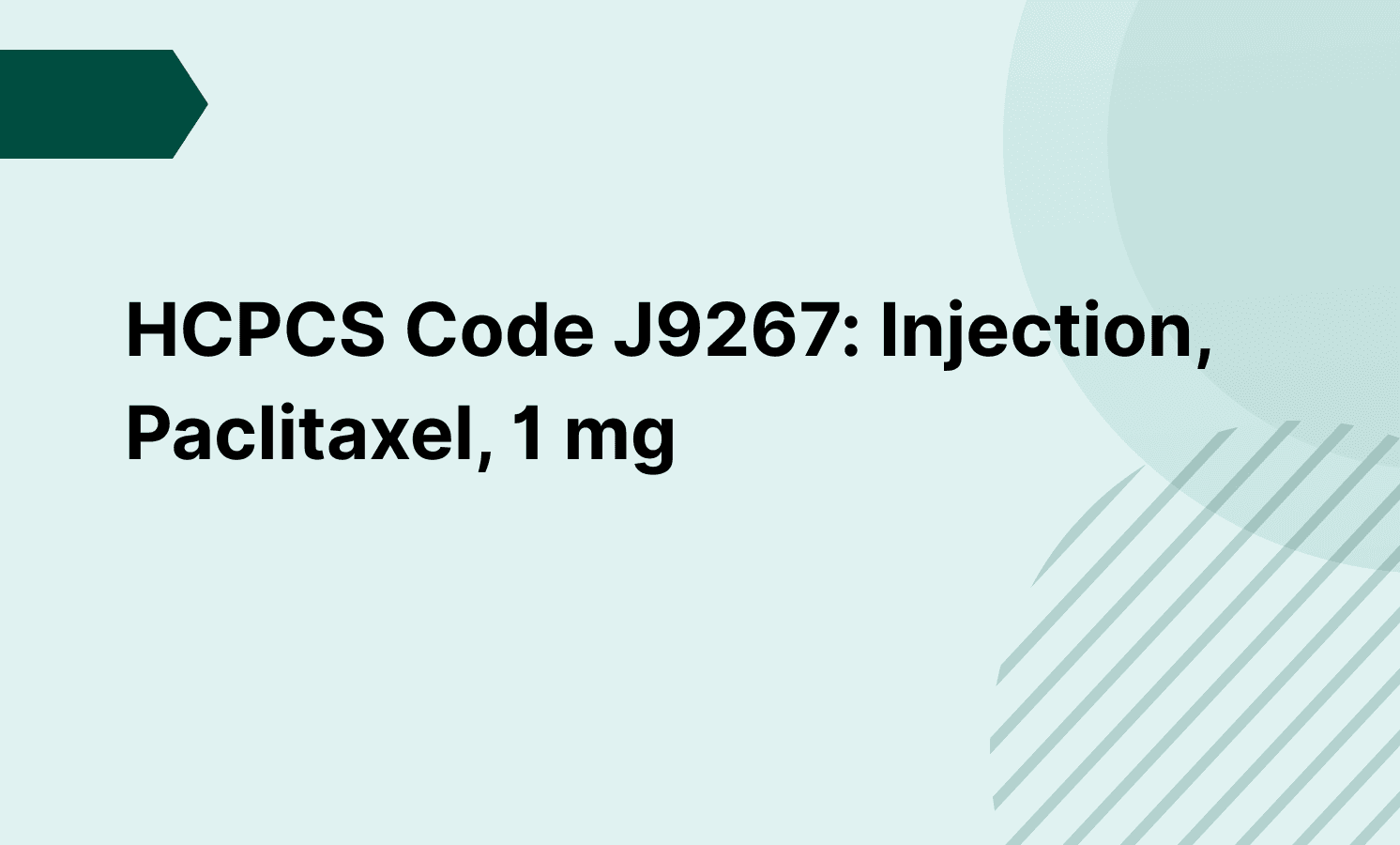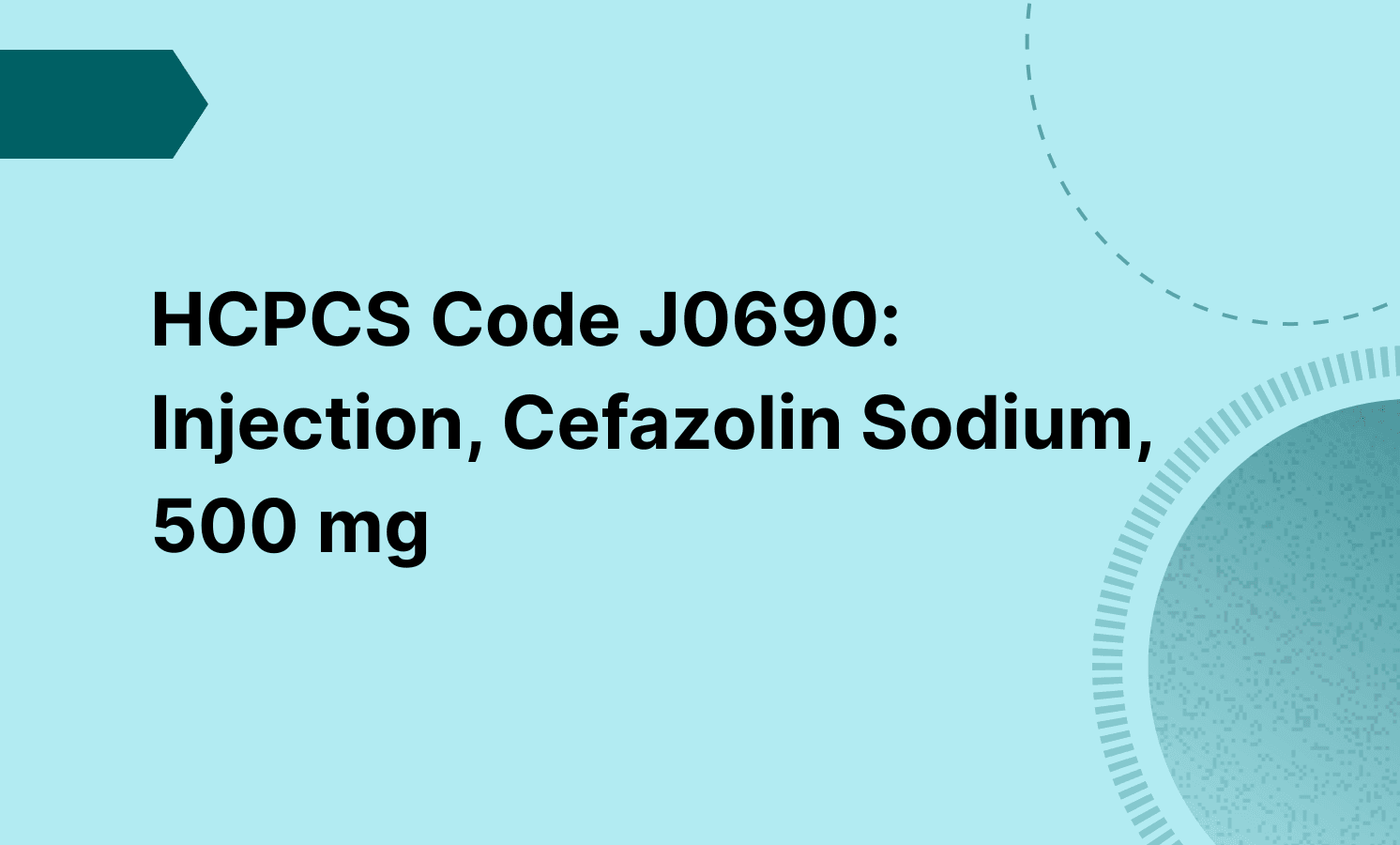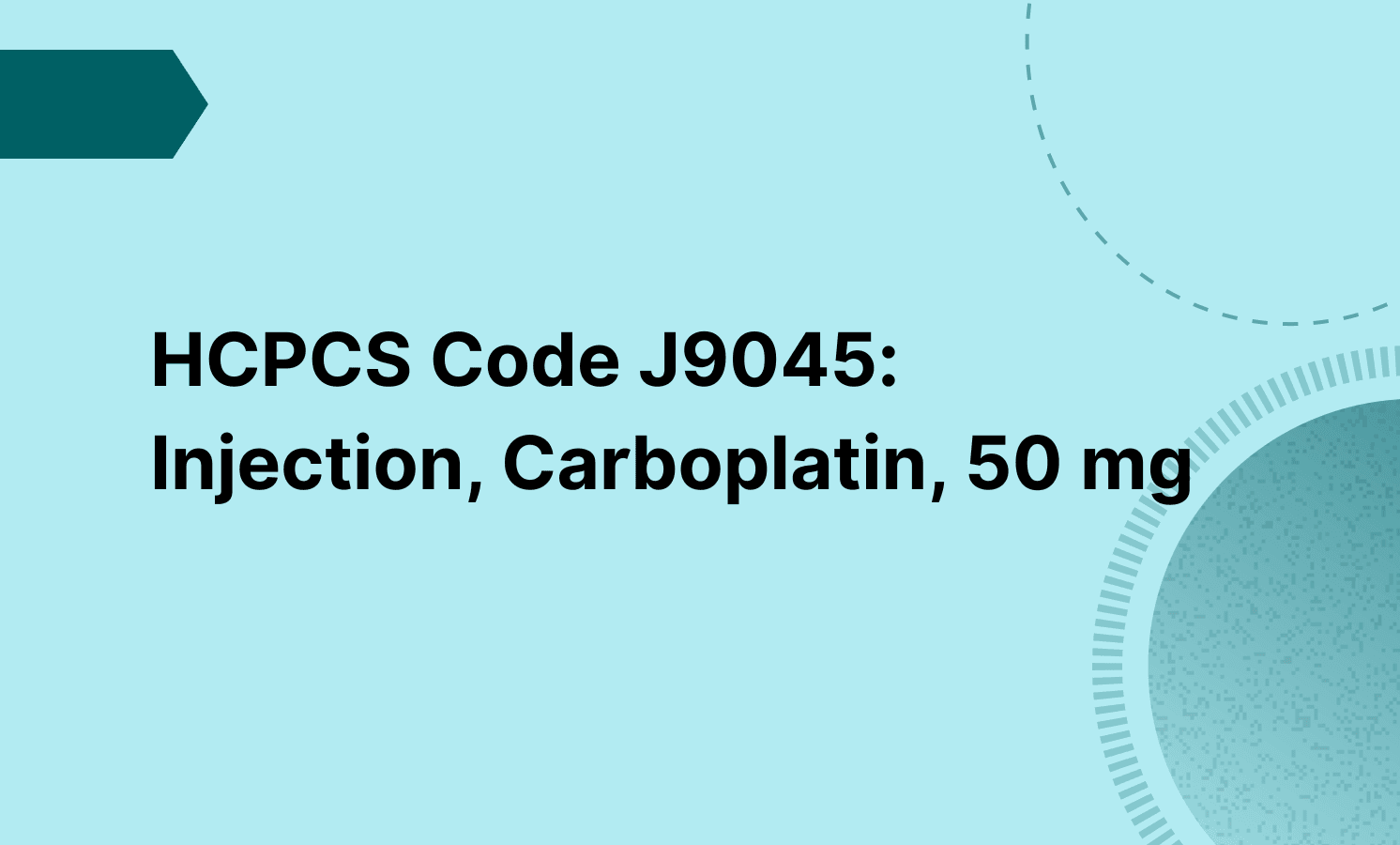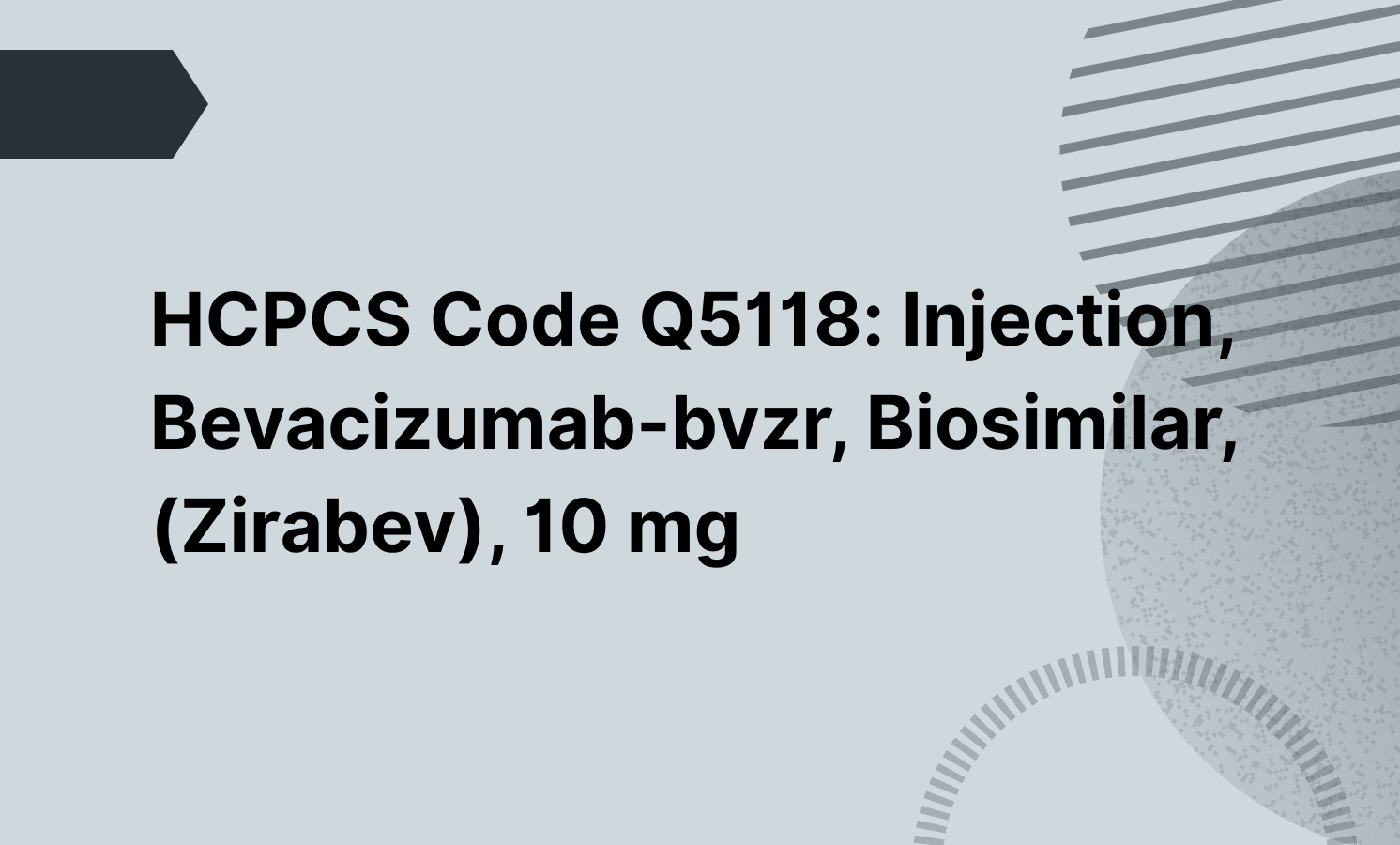CPT code 93458 is designated for left heart catheterization, coronary angiography, and left ventriculography. This procedure primarily evaluates coronary artery disease, assesses heart function, and guides treatment decisions. It provides detailed images of the coronary arteries and left ventricle, aiding in diagnosing and managing various cardiac conditions.
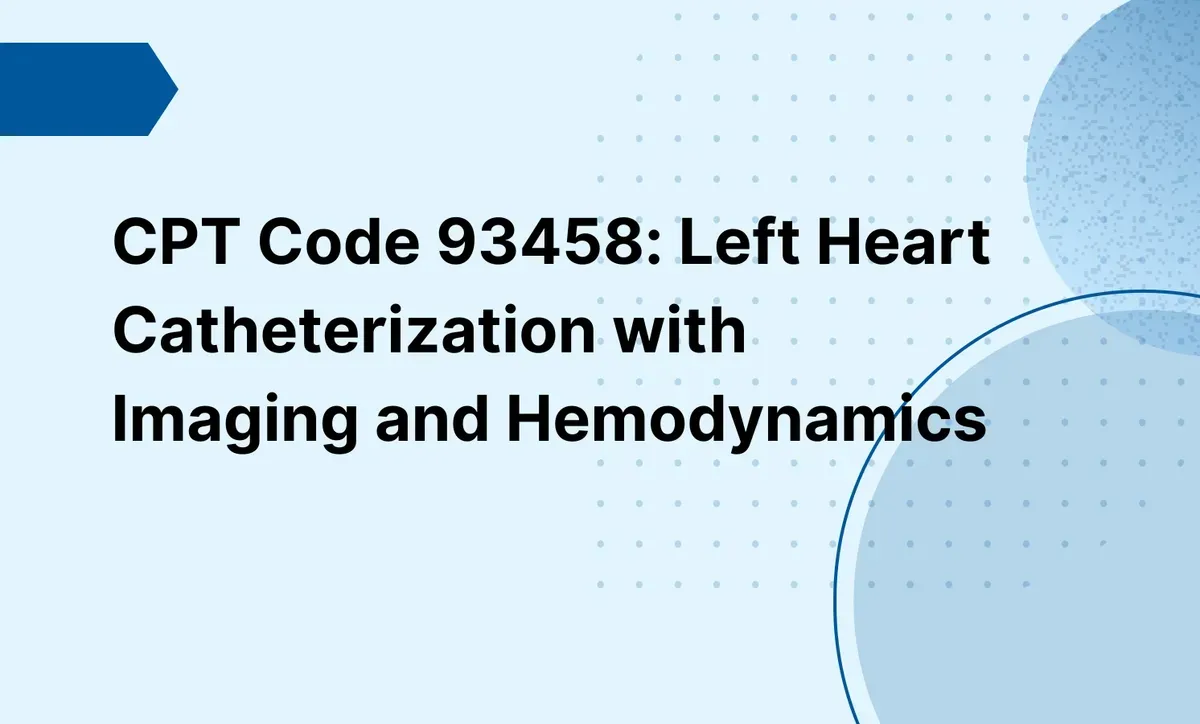
CPT Code 93458: Left Heart Catheterization with Imaging and Hemodynamics
Explore the essential coding guidelines for CPT 93458 in cardiac care. Enhance your coding accuracy and improve patient outcomes.
Frequently asked questions
Modifiers are essential for accurately billing CPT code 93458. Modifier 26 indicates that the physician performs only the professional component. Modifier TC denotes billing for only the technical component, covering equipment and facility costs. Modifiers 76 and 77 are used when a repeat clinical diagnostic laboratory test or procedure is performed during the postoperative period. Proper use of these modifiers ensures compliance with billing guidelines and accurate reimbursement.
Medicare Administrative Contractors (MACs) are responsible for processing Medicare claims and establishing Local Coverage Determinations (LCDs) that outline coverage criteria for specific services, including CPT code 93458. Additionally, MACs provide guidance on documentation requirements and reimbursement policies, ensuring that healthcare providers manage cardiac conditions effectively and in accordance with Medicare guidelines.
EHR and practice management software
Get started for free
*No credit card required
Free
$0/usd
Unlimited clients
Telehealth
1GB of storage
Client portal text
Automated billing and online payments


